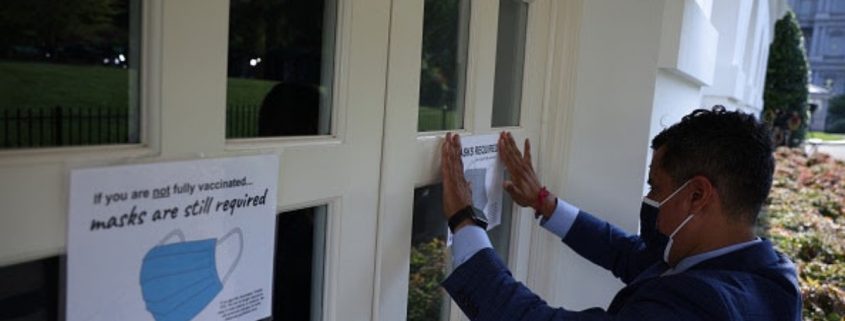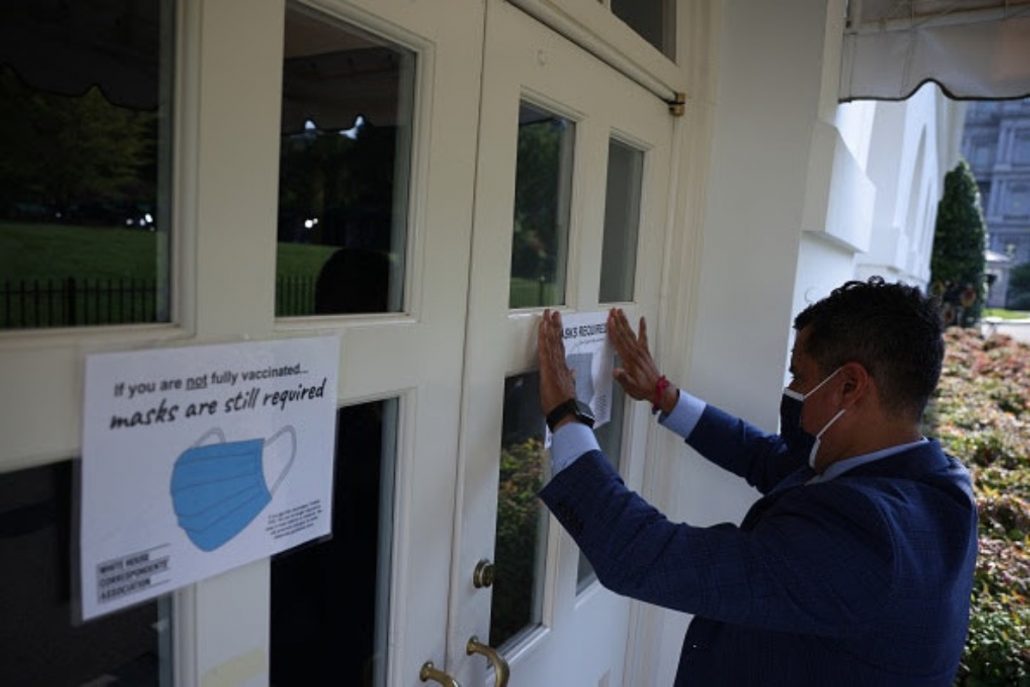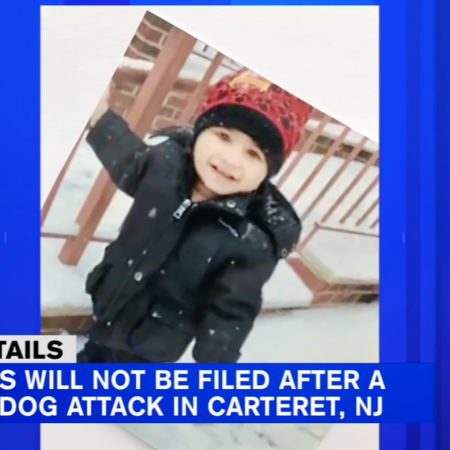Understanding the CDC’s new masking guidelines
What the recommendations tell us about COVID science and policy in the era of delta.
by Abdul El-Sayed
This post was originally published on The Incision
The sound you hear? It’s the collective groan of 163 million vaccinated Americans now being told to put their masks back on.
For many of us, this moment feels like coming to the end of that 5K our friends dragged us into, only to be told that it’s actually a 10K (and could be a marathon) — and realizing that our friends aren’t even running.
I probably don’t have to tell you this but the Centers for Disease Control and Prevention revised its mask recommendations for vaccinated Americans yesterday. They are now recommending that vaccinated people wear masks indoors in counties with “substantial or high” rates of COVID-19 transmission (defined as more than 50 cases per 100,000 people over the past seven days). Right now, that’s more than 60% of all counties — and growing.
Let’s cut into the science, ethics, and public communications at play here.
The science.
We’ve been hearing a lot about the “breakthrough” infections among vaccinated people. This is alarming, particularly if you’ve assumed that you are immune to infection because you’re vaccinated. But vaccines aren’t designed to keep you from ever getting infected, they’re designed to keep those infections from making you symptomatically ill.
Even then, despite the fact that the vaccines are safe and effective, illness can still squeak by in some people. For example, data shows us that two doses of the Pfizer vaccine is 88% effective against the delta variant. That is, of course, less than 100% — a small number of people who have received their vaccines may yet develop symptomatic illness.
However, that 88% is substantial. And getting vaccinated is the single most important thing one can do to protect themselves from COVID-19.
But there’s a broader question: If a vaccinated person contracts the virus and is not symptomatic, is there a risk that they pass it on? Recommendations that vaccinated people no longer had to wear masks indoors was based on previous studies that showed vaccinated people were less likely to transmit the virus — likely because of low viral loads in their nasopharynx.
But this literature didn’t include delta. Could the new, more transmissible variant be passed on by vaccinated people? That was the question the CDC needed to answer.
Unfortunately, the CDC found that delta is, indeed, transmissible by vaccinated people after analyzing viral loads among vaccinated people in transmission chains from new delta outbreak investigations. The presence of vaccinated people at all in these transmission chains was a major indication that they can, indeed, transmit the virus to others.
Hence, the new recommendations.
How should we be thinking about this?
The ethics here are anything but straightforward. First, there’s the fact that the most important thing people can do to protect themselves (and others) is get vaccinated. If more people just got vaccinated, the health risk of infection among those to whom vaccinated people could pass the virus would be far lower. In some respects, asking vaccinated people to wear masks again is about protecting many people who are choosing not to protect themselves — putting a double burden on the vaccinated.
That said, many people can’t be vaccinated — like children and people who are immunocompromised. And the responsibility that we, as a society, have to protect them is immense. Yet again, the most important thing we could do for those who can’t be vaccinated would be to get those who can bevaccinated actually vaccinated.
Finally, there remains a real risk of symptomatic infection as the risk of anyinfection increases. And as delta continues to rampage through our society, the risk to vaccinated people, while far smaller than the risk to unvaccinated people, grows.
Personally, of course, I find it deeply frustrating that our forward progress on the pandemic is being delayed, even rewound, by people who are choosing not to take a safe and effective vaccine. And yet, when it comes to my personal choice, I will be following the CDC’s recommendations and wearing my mask indoors in places where transmission is high. After all, the risk to my own health — even if far lower because I am vaccinated — is real. Perhaps more importantly, I want to minimize the risk to my daughter, who cannot be vaccinated.
The message.
As I wrote in these pages last week, a return to universal mask mandates (which this is not quite yet) carries some real messaging risks. On-again, off-again policy risks undercutting public trust of public health authorities, reducing compliance today and risking potential compliance in the future.
The CDC and other public health authorities are also misunderstanding their influence. High transmission communities are high transmission precisely because their residents have already chosen to ignore CDC recommendations about masks and vaccines. What makes the CDC think this new guidance is going to change that? The more likely scenario is a return to masking in low transmission communities out of sheer caution with little change of behavior in the communities where it matters most.
This isn’t the first time the CDC’s made this mistake. Indeed, after the revision of these guidelines, one has to ask about the wisdom of previous guidance that eliminated indoor mask requirements for vaccinated people in the first place. Without any verification, the policy gave those who didn’t want to vaccinate or wear masks room to free ride without doing either.
Finally, asking vaccinated people to wear masks undercuts the perceived value of getting vaccinated among vaccine holdouts, which doesn’t help the most important goal we have right now: getting more people vaccinated.
What we need now.
The changing recommendations here are probably best understood as a correction of a misstep the CDC made earlier. But for many Americans, gauging our progress against this pandemic, they feel like a step in the wrong direction.
The right direction is far more simple: Public policy needs to make being vaccinated easier and remaining unvaccinated harder.
Toward that end, President Biden is reported to be announcing a vaccination mandate for all federal employees that would require them to either be vaccinated or undergo regular testing. Though it’s short of the broader vaccine verification that we need, it sets a precedent for employers around the country that could follow suit. Far more than these mask recommendations, policy that lays down the gauntlet on vaccinations is far more likely to move the needle on vaccinations, reduce transmission, and get us back on the path to a post-pandemic future.
But let’s not forget that delta originated during a COVID-19 spike in India this spring. And this variant is unlikely to be the last. There are still 20 more letters in the Greek alphabet — and lots more evolution this virus can do. Unless we’re as serious about getting vaccines abroad as we are about ensuring vaccinations at home, we’re setting ourselves up for the potential for more waves. It is a global pandemic, after all.





















2021
2,205 views
views
0
comments